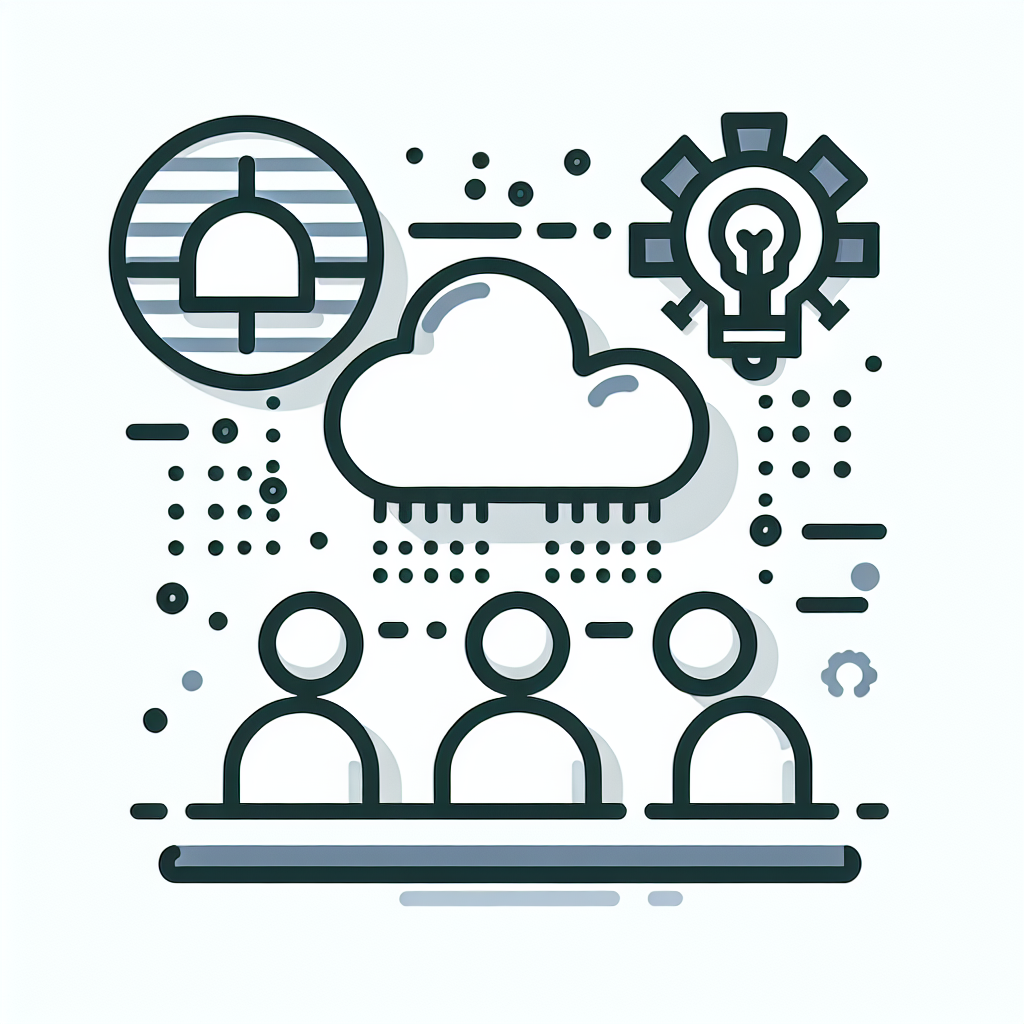
Google Cloud Platform (GCP) is a collection of cloud services that delivers compute, storage, networking, data analytics, and machine learning tools via Google’s global infrastructure. IT teams use GCP to build, run, and scale applications without owning servers or datacenters.

GCP is Google’s suite of cloud services that offers on-demand computing, storage, networking, and data tools. It runs on the same infrastructure that powers Google’s products, delivering low-latency global networks and managed services for developers and IT teams. Use cases range from simple web apps to large-scale data analytics and AI workloads.
The main building blocks are compute, storage, networking, and data/AI platforms. Key examples include virtual machines, container orchestration, object and block storage, managed databases, and a serverless data warehouse. These components let teams compose platforms that match application needs and scale automatically.
Security is built into GCP at infrastructure and service levels with strong encryption, identity and access management (IAM), and continuous monitoring. Teams get tools for data protection, audit logging, and regulatory compliance across standards like SOC, ISO, and GDPR. Best practice is to combine GCP native controls with organizational policies and a least-privilege IAM model.
GCP uses a pay-as-you-go model where you pay for resources consumed, with discounts for sustained or committed usage. There are free tiers and calculators to estimate costs. Effective cost control requires tagging, budget alerts, and choosing right-sized instances or serverless alternatives.
Start by defining a small project, enable a billing account, and use the Google Cloud Console or CLI to provision basic services. Follow a template: set up IAM roles, create a VPC, deploy a test workload, and enable monitoring. Use managed services to reduce operational overhead while you learn the platform.
Yes — GCP supports hybrid and multi-cloud through services like Anthos and APIs that integrate with on-prem and other clouds. Anthos lets teams run containers consistently across environments, simplifying deployments and policy enforcement. A multi-cloud approach can reduce vendor lock-in and optimize costs or latency.
Migrations typically follow lift-and-shift to VMs, containerization, or replatforming to managed services. Start with non-critical workloads to validate networking, identity, and performance. Use cloud-native tools and migration partners to automate discovery, replication, and cutover steps.
GCP offers serverless analytics and ML services that scale to petabytes, such as a columnar data warehouse and managed ML platforms. Teams can run fast SQL queries on large datasets, train models, and deploy inference pipelines without managing clusters. Integration with managed ETL and storage makes data pipelines simpler to build.
GCP includes monitoring, logging, and incident response tools that integrate with alerting and dashboards. Use Stackdriver-equivalent services for observability, use deployment manager or Terraform for IaC, and implement CI/CD pipelines for repeatable releases. Automation reduces human error and speeds recovery.
Choosing higher-performance instances or managed services raises costs but reduces operational tasks. Serverless and autoscaling options lower baseline expense but can increase transient costs under heavy load. Plan for both steady-state and peak usage, and monitor with cost attribution tags.
Choose GCP when you need strong global networking, managed data analytics, or deep ML services, and when you prefer Google’s ecosystem and developer tools. It’s a solid pick for teams that want managed offerings to reduce ops burden and for data-driven workloads that need fast queries and model training.
Main risks include misconfigured IAM, uncontrolled cost growth, and gaps in operational maturity. Also consider vendor-specific APIs and potential learning curves for staff. Mitigate risks with governance, automated controls, encryption, and continuous cost and security monitoring.
For practical cloud security guidance and tools, see Palisade’s cloud security resources.
GCP offers free tiers and trial credits, but production use is pay-as-you-go. Evaluate free quotas for low-volume projects and use the pricing calculator for production forecasts.
Yes — GCP supports Windows VMs with managed licensing options, making it suitable for many enterprise applications.
GCP provides compliance documentation and controls mapped to standards like SOC and GDPR; organizations still need to implement policies and evidence for audits.
Yes — managed Kubernetes and container registry services simplify deploying and scaling containerized apps.
Use budget alerts, resource tagging, rightsizing, committed-use discounts, and monitor usage trends to prevent surprises.